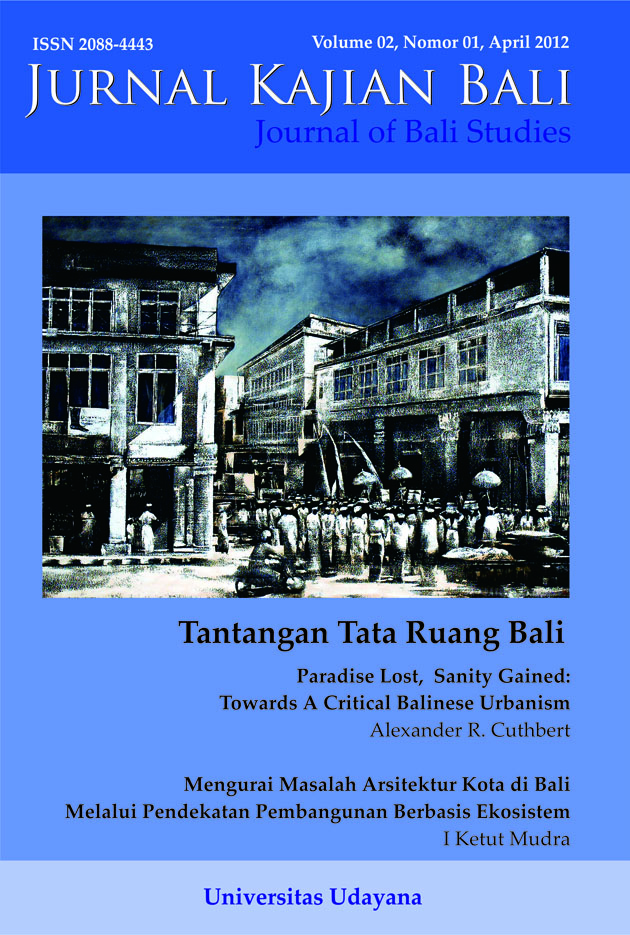Belajar melalui Praktik Global: Pengaturan Densitas Daerah dan Batas Maksimum Ketinggian Bangunan
Abstract
Abstract
This article focusses on the significance of non-physical aspects in regulating the maximum height of buildings, a determining element of urban density. Here, it addresses global practices that underline this dimension of the issue. The paper uses four significant classifications, namely: (i) safeguarding historical legacies; (ii) implementation of values and practices pertaining to systems of belief; (iii) political objectives; and (iv) the creation and the strengthening of an urban image. Each category impacts on development in regard to space. Overall, they have become determinants in limiting height, they have laid a foundation for the instigation of relevant development control policies, and have even been considered as red lights to the relaxation of a current building height restriction. Similarly, the paper has four sections. The first examines the importance of building height regulation within the context of spatial planning. The second discusses the position of sociospatial issues within the planning process. The third explores the role and position of the four non-physical aspects defined above, in policing building height. The fourth section synthesises effects and conclusion.
Downloads
Keywords

This work is licensed under a Creative Commons Attribution 4.0 International License.



















